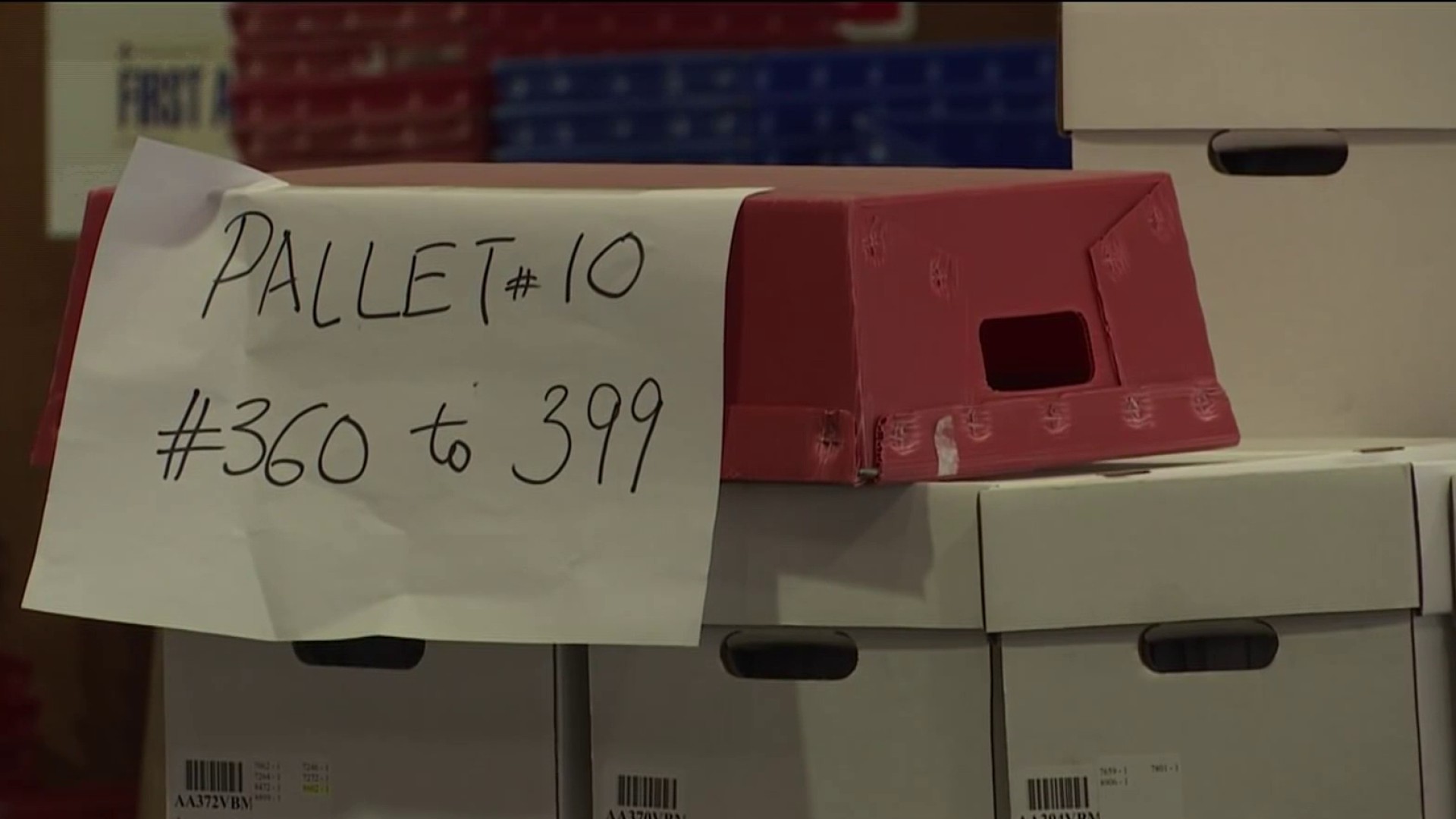With the memory of Chevron’s Richmond refinery explosion last August still seared in the minds of many, California lawmakers are brainstorming ways to make communities, and employees working at potentially hazardous sites, safer from tragedy.
It’s not an easy problem to solve.
California has 15 refineries and more than 1,600 chemical processing plants that require inspection and oversight from the state’s employee safety agency, the California Division of Occupational Safety and Health (Cal/OSHA).
Senator Loni Hancock, D-Oakland, said in light of last year’s tragedy and the ensuing federal investigation, Cal/OSHA has been exposed as “a woefully, grossly understaffed agency, that didn’t have enough inspectors to do all the inspections required to keep people safe.”
Hancock has been leading the charge to add more full-time, highly-qualified inspectors to the agency’s Process Safety Management Unit, known as PSM.
For perspective, right now Cal/OSHA has seven inspectors to complete its PSM duties. That would be seven inspectors responsible for overseeing all of California’s refineries and processing plants.
By comparison, the legislature points out that the United Kingdom has nearly the same number of refineries and more than 100 people on its inspection staff. (It turns out the U.K. has seven operating refineries, according to the British Parliament web site, making the contrast between 7 and 100 inspectors even more stark).
Local
So how to make up for California’s obvious shortage of manpower?
In this year’s budget bill, currently awaiting Gov. Jerry Brown’s signature, there’s language authorizing Cal/OSHA to bring aboard another 19 inspectors who are properly trained and highly-qualified.
The net effect would be to more than triple Cal/OSHA’s inspection staff from 7 to 26.
“It’s a start,” Hancock said, “and it’s not the only thing we’re doing.”
The senator from Oakland is also sponsoring a bill that would increase the penalty for violating safety standards from $25,000 to $100,000, and a second bill requiring refinery employers to submit their “turnaround” schedules for maintenance to Cal/OSHA, among other safety and infrastructure reports.
The latter bill, requiring the reporting of critical information, could really dictate how effective the state’s safety measures become.
As the U.S. Chemical Safety and Hazard Investigation Board noted in a scathing report on the Richmond explosion, Chevron, the refinery owner, knew of a corroding pipeline for a decade before it exploded on August 6, 2012, sending some 15,000 people in search of medical treatment.
Information about the pipe’s eroding state, the report maintains, should have been submitted to the state and properly evaluated.
While the two bills calling for more stringent reporting requirements and stiffer penalties have both passed the Senate, they face an uncertain future in the state Assembly.
“If you got a three-legged stool, which is how we see this, and you remove any one leg you don’t have a stool that’s as stable,” Hancock said. “So I think all three of these [bills] are required. They would be a big step forward and set us on the way toward refinery safety.”
Assembly Member Nancy Skinner, D-Berkeley, is also an advocate for stronger safety measures and supports legislation calling for more transparent reporting at refineries.
Skinner stopped short of predicting an outcome in the Assembly, but said she’s “hopeful” that the companion legislation will gain the necessary votes.
“There are always objections,” Skinner said. “You know we have some people who feel like regulations are onerous."
But she added even if the higher staffing levels are the only change, it would still represent substantial improvement.
“The U.S. Chemical Safety Board believes that each inspection of a facility as complicated as a refinery should take at least 1,000 hours,” Skinner said. “And up to this point, because we’ve had such a short number of staff, we’ve only been giving 100 hours to our inspections.”
The federal report noted that between 2006 and August 6, 2012, Cal/OSHA performed three planned inspections of the Chevron facility that totaled only 150 inspector hours, well short of the 1,000-hour benchmark established by OSHA in its National Emphasis Program (NEP), kickstarted in 2007.
NBC Bay Area reached out to Chevron for the company’s stance on higher staffing levels and tighter regulations.
We were directed to the Western States Petroleum Association, a trade group representing the industry. Spokesman Tupper Hull said that member businesses “will work with the Department of Industrial Relations and Cal/OSHA to make sure their inspection programs are adequately staffed and trained.”
When asked about the legislation requiring more transparent reporting, however, Hull said the organization has not taken a formal stance but has voiced a letter of concern.
Hull said in principle the group holds serious concerns about making turnaround schedules accessible to the public, as it could have adverse effects on the commodities market.
“There’s a lot of research that shows that people, and traders specifically, not the public, can make decisions that result in unnecessarily higher prices,” Hull said. “So we have concerns over spikes in gasoline futures…which can be very sensitive.”
He also told NBC Bay Area that refinery employers are already required to alert regulatory agencies of possible hazards “in some instances,” although he did not cite specific examples.
NBC Bay Area contacted Cal/OSHA to see if the agency would support higher staffing levels and more stringent maintenance schedule reporting.
Spokeswoman Erika Monterroza told us it’s not Cal/OSHA’s policy to comment on pending legislation.
She did, however, provide very detailed information about the protocol the agency uses for determining which of its refineries and plants will be reviewed, and when.
As it concerns the facilities that are considered part of the “refinery” universe of California’s 1,680 PSM sites (there are non-refinery processing plants as well), she said planned inspections are plotted out by the District Manager every January.
To determine which sites will be evaluated, and when, the manager uses information from the following sources:
- The results of complaint and accident investigation inspections from the previous year
- Bi-monthly meetings conducted with union health & safety representatives in northern California
- Quarterly meetings conducted with industry safety managers, union representatives, and representatives from other government regulators in northern California
- Similar, but not formally scheduled meetings with the industry safety and union and agency representatives in southern California
- The results of Fed OSHA investigations of refineries around the country
- The investigation results of any major incidents that occurred in other states
Monterroza added that facilities scheduled for inspection are selected “based on PSM experience- which ones appear to need additional oversight or have had problems…in the recent past.”
She said the number of facilities inspected depends on the resources made available, given Cal/OSHA’s need to respond to both complaints and reports of injuries or deaths before planned inspections.
Assembly Member Skinner underscored the need to concentrate resources on preventive inspections, and not post-accident evaluations.
“Right now, with the limited number of staff we have, they spend much more time after the fact,” Skinner said. “They spend so much time investigating incidents, and we want to reverse that and have more hours spent on inspection, so that we have fewer incidents.”



